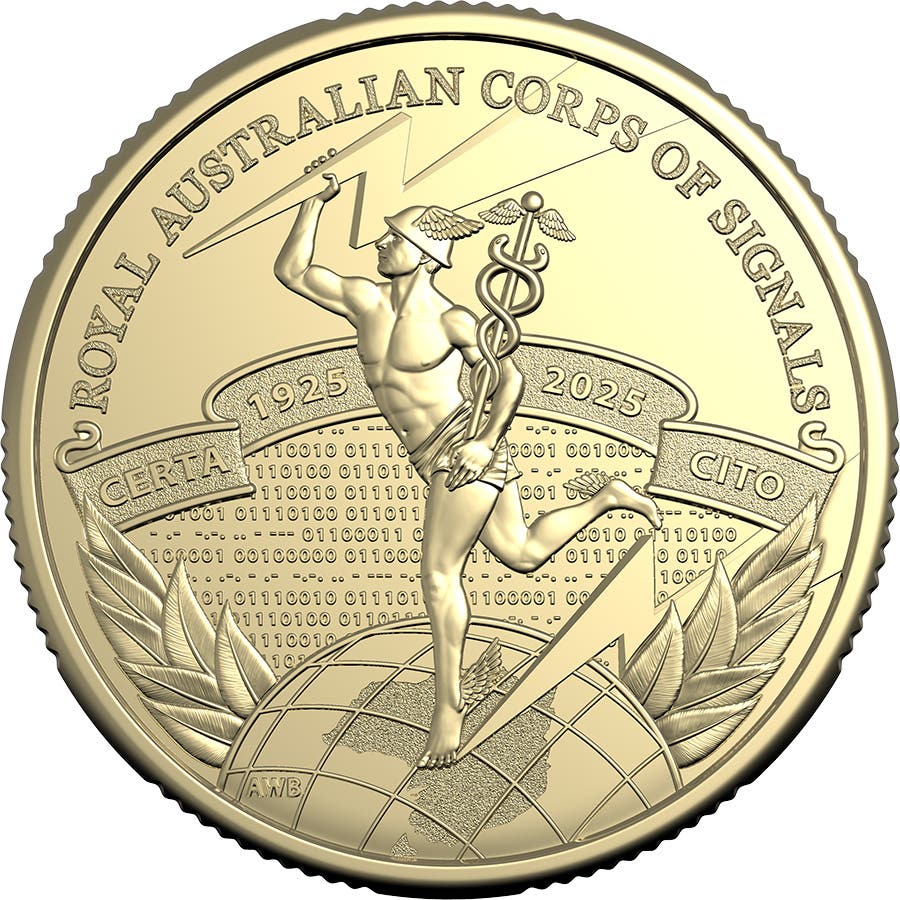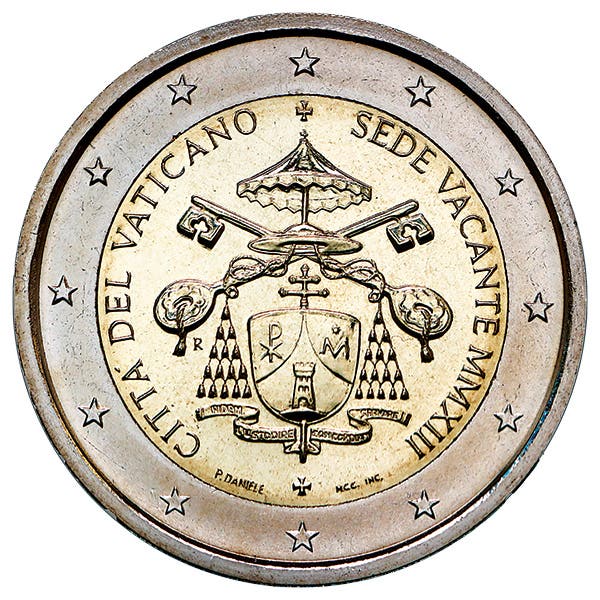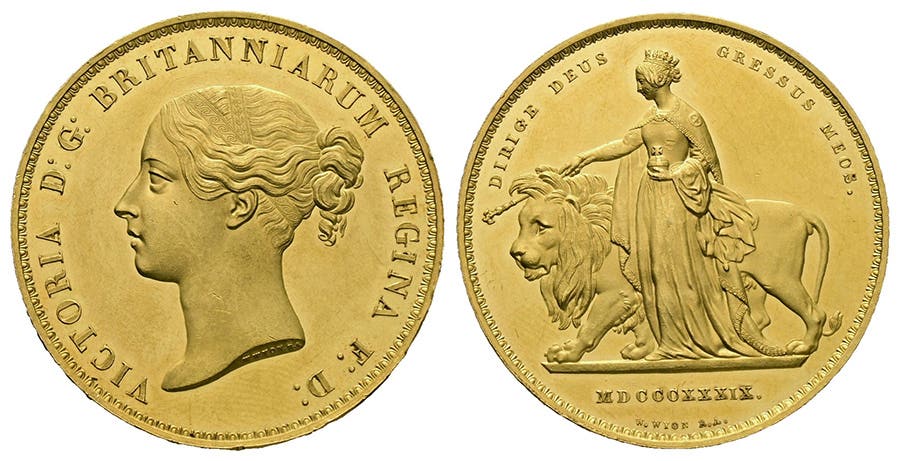Claw Identifies Canadian Counters
Counterfeit coins recently failed to claw their way into Canadian commerce. On May 9, 68-year-old Daixiong He of Richmond Hills, Ontario was arrested for counterfeiting $2 coins. About 10,000 counterfeit…
Counterfeit coins recently failed to claw their way into Canadian commerce. On May 9, 68-year-old Daixiong He of Richmond Hills, Ontario was arrested for counterfeiting $2 coins. About 10,000 counterfeit $2 had been seized by the Royal Canadian Mounted Police as the coins were being circulating throughout the banking system.
The Greater Toronto Area’s Trans-National Serious and Organized Crime Section had been investigating the situation since mid 2021 when the Royal Canadian Mint identified some fake $2 coins while examining a random sample of the denomination.
Canada’s $2 coin, nicknamed the toonie, (Canada’s $1 coin is nicknamed the loonie) is a 28mm diameter ringed bimetal coin composed of a nickel outer rim and an aluminum-bronze central plug. The obverse of the current coin design introduced in 2003 features the Susanna Blunt image of Queen Elizabeth II, while the reverse depicts the Brent Townsend image of a polar bear facing right on an ice flow.
Apparently, He’s partners in crime did a reasonably good job of producing the fakes. He’s downfall was the split toe on the right front paw of his work, which should have resembled a claw. Beginning in 2012 the reverse design of genuine $2 coins includes laser engraved marking anti-counterfeiting features. The RCM also uses multi-ply steel technology to produce an electromagnetic signature challenging to copy by counterfeiters.
While law enforcement has played up the bear claw aspect as being the deciding factor in detecting the He counterfeits nothing has been said regarding if He’s coins were able to match the laser engraved marking or electromagnetic signature features with his coins.
According to a RCMP statement, “The seized counterfeit $2 dollar coins can be distinguished by their primary characteristic flaw of having a split toe on the right front paw of the polar bear which resembles a claw.” The RCMP statement also indicated the coins were likely produced in China, then distributed through He.
RCM Vice President of Corporate Security James Malizia added, “The unique features on Canada’s circulation coins make them among the most secure in the world and allowed these counterfeit pieces to be identified and removed from circulation quickly. The Royal Canadian Mint will continue to work closely with financial institutions and the RCMP to ensure the integrity of Canada’s coin supply.”
Some Facebook users had their own opinions on the bogus coins. Roger A Stiver posted, “Seems more trouble than it’s worth to counterfeit a metal coin. For me, I would suspect that it would need to be $100 and up for the risk involved and the ROI. [Return on Investment]”
Natasha Munro posted, “I have to ask, what’s the cost per counterfeit toonie with the added cost of transportation, time, and the now future legal expenses?”
He was released from police custody based on an undertaking, which means that He made a legally binding promise to appear in court. He was scheduled to appear at court in Newmarket at the time this article was being written.
The number of counterfeit $2 coins detected is significant, but it isn’t the first time in recent history counterfeit currency has been a problem for Canadian law enforcement. A counterfeiting ring based in Quebec printing their own $100 bank notes from the Birds of Canada and Scenes of Canada series were investigated by the Integrated Counterfeiting Enforcement Team between 2014 and 2016.
There were sufficient $100 fakes in circulation to have a major impact on the Canadian economy at that time. The ICET arrested the counterfeiters in 2017, seizing approximately $1.4 million notes.
The 2001 Canadian Journey bank note series added watermark security features, expanded holographic security features, a windowed color-shifting thread woven into the paper, a see through number, and enhanced fluorescence visible under ultraviolet lighting to prevent further counterfeiting of the notes.
Nothing had been said at press time about what is being done to ensure the security of future $2 coins.








